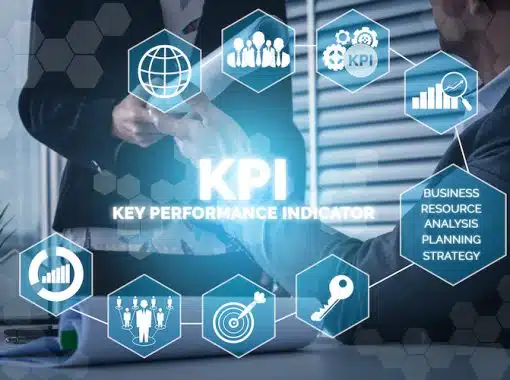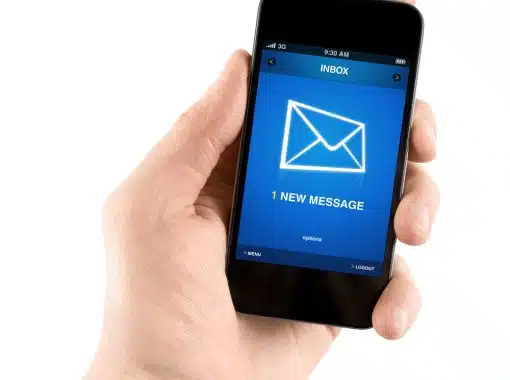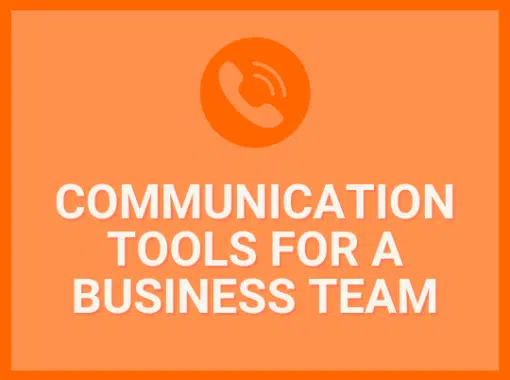
It’s time to start planning your next call marketing campaign, but do you know which key performance indicators (KPIs) you want to use? It can be a tricky question for call-based sales teams, where the ultimate goal is to close the most sales and generate the most customer satisfaction with limited resources. After all, unlike with digital marketing campaigns, your sales reps can only engage with one customer at a time.
Before you embark on your next call marketing campaign, consider these three critical KPIs to follow:
1. Average Handle Time
The average handle time (AHT) is the average length of a call — from first connecting to the sales rep to disconnecting at the end of the call. This is one of the most common KPIs used in call marketing campaigns. A lower AHT usually corresponds to more sales, higher customer satisfaction, and better customer retention.
The exact target AHT value is different from company to company. Businesses that sell highly customized products and services generally have a higher AHT compared to companies that sell simpler products that just require a shipping address and credit card number to process. The same is true for businesses that require a lot of in-depth information from customers, such as waivers, health information, or credit history. By looking at handling times across the entire call-based sales team and over multiple calls, you can get a better idea of a baseline AHT value for your business.
2. Average Hold Time
Keep in mind that customers aren’t on hold only when they’re waiting to talk to a sales rep. Even when they’re connected, they may be placed on hold again so that the sales rep can look up specific information, speak to a supervisor, or find a subject-matter expert. Of course, call marketing campaign managers should aim to minimize hold time and maximize direct interaction with the customer. Too much time on hold can lead to customer frustration and generally negative opinion of your company and its call-based sales team.
That said, unusual situations do pop up, and sometimes sales reps have to work more behind the scenes to accommodate a rare request or customized sales order. That’s why it’s important to measure average hold time by taking the cumulative time callers wait on hold and dividing it by the total number of calls. The lower the average hold time, the better the service your sales team is providing callers and future customers. It’s yet another way to help you get the most from your marketing budget.
3. Average Idle Time
After your sales reps end a conversation with a caller, they need time to complete work related to the call, such as submitting a sales order, entering notes into the company-customer relationship management (CRM) system, composing a follow-up email, or sending printed materials. This is known as idle time, meaning that your sales reps are temporarily unavailable to accept additional inbound calls until they’re finished.
On the one hand, it’s important for your call-based sales team to track leads, comply with company protocols, and follow up on promises to the customer. But too much time spent on post-call tasks means that your campaign will need more sales reps to handle incoming calls for your call marketing campaign. Otherwise, your future customers will have to face longer hold times and may even simply hang up before connecting with a sales rep — costing the campaign a lost sales opportunity.
It’s All About Balancing KPIs
Whichever KPIs you decide to focus on, remember that KPIs are often linked to each other. For instance, some call-based marketing campaigns aim to minimize average idle time by having sales reps do all follow-up work while the customer is still on the line. But doing this will naturally increase the AHT for the campaign as the sales team takes more time to enter notes and write emails before disconnecting. As you start looking through KPIs and setting targets for your next call-based marketing campaign, keep in mind how all KPIs are connected to and affect each other.
Luckily for call-based marketing professionals, there’s an easy way to manage so many important KPIs. When you get an 800 vanity number with call tracking, you’re getting much more than a phone number. You’re giving yourself full visibility of your entire sales and marketing teams, along with all the information you need to make the most informed decisions to make your next call marketing campaign a success.












